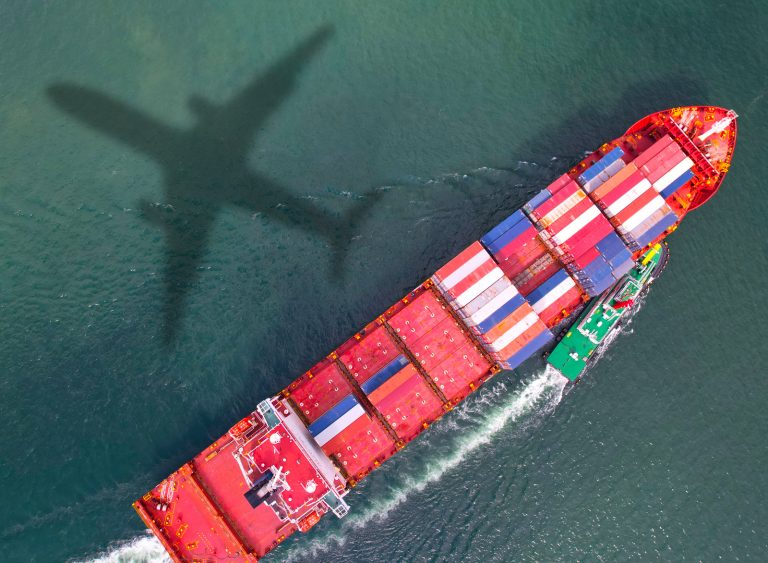
Date:
Tariff Tensions Drive Short-Term Freight Surges and Long-Term Uncertainty
Global freight markets remain under pressure as shifting US tariff policies continue to disrupt established trade patterns, prompting divergent responses across air and sea freight markets. While immediate demand surges have driven up short-term pricing, underlying market dynamics suggest a volatile road ahead.
Air freight rates from the US to China have surged following China’s announcement of steep tariff increases on American imports. Faced with escalating duties – rising from 34% to 125% – Chinese importers rushed to move goods before the latest hike, triggering a sharp spike in demand for air freight. Rates have soared, in some cases quadrupling, particularly on express shipments booked close to the tariff deadline.
Freighter capacity has responded swiftly, with US–China volumes up nearly 60% in March compared to February, and year-to-date capacity 21% higher than in 2024. However, this may represent a short-term peak. As the market absorbs front-loaded shipments and the end of the de minimis exemption approaches on 2 May, analysts anticipate a rapid slowdown, potentially leading to overcapacity and falling rates across both air and ocean modes.
Despite a global drop in air cargo volumes last week, average spot rates rose by 1%, reaching their highest point this year. Combined spot and contract rates increased by 2% week on week and 3% year on year. However, some trade lanes showed early signs of softening. Volumes out of the Middle East and South Asia fell by 24%, with Asia Pacific down 7%, and North America 2%. China–US traffic dipped 5% week on week—the first decline of the year—although volumes remain slightly ahead of 2024.
Spot container rates on key east-west ocean trades showed modest increases despite widespread booking suspensions and heightened uncertainty. On the transpacific, rates from Shanghai to Los Angeles and New York rose by 3% and 2%, respectively. Yet forward-looking indices suggest softening ahead, with next-week quotes showing a 5% decline on west coast routes and a 2.5% fall on the east coast.
The tariff-driven disruption is also shifting contracting strategies. Many beneficial cargo owners are moving a larger share of their volumes into the spot market to retain flexibility, which can impact trade lane pricing stability.
Meanwhile, demand signals out of China remain mixed. Some cargo has been postponed, withdrawn from customs, or even abandoned mid-transit, as importers and exporters reassess risk exposure. Others are pressing ahead with shipments as scheduled, with a clear eye on alternative sourcing and destination markets.
On the Asia–Europe corridor, spot rate trends are more stable. Shanghai–Rotterdam rates increased by 4%, while Genoa-bound rates rose by 1%. The Shanghai Containerised Freight Index showed a 1.5% week-on-week increase to North Europe and a 6% gain to Mediterranean ports. Capacity control measures appear to be supporting rates, though competition among carriers can be fierce.
Temporary Highs, Lingering Uncertainty
While both air and sea freight markets are demonstrating resilience in the face of immediate shocks, structural uncertainty persists. Tariff changes, shifting trade alliances, and varying responses from shippers are driving short-term spikes but could give way to downward pressure as demand softens and inventory levels stabilise.
We understand the pressures global supply chains are under. That’s why we offer fixed-rate agreements on key ocean freight routes, helping you navigate rate volatility with confidence and control.
Whether you’re managing critical lanes, looking for alternative routings or planning ahead for the year, our tailored sea freight solutions provide the stability you need to stay ahead.
To discover how Metro can strengthen your ocean supply chain and provide peace of mind, EMAIL our Managing Director, Andy Smith, today.
And if you’re seeking smarter, faster, and more resilient air freight strategies, with protected space and rates, we’re here to help. Metro’s air freight solutions are built to optimise your logistics – even in a shifting market.
EMAIL Elliot Carlile, Operations Director, today to explore how we can support your 2025 success.
